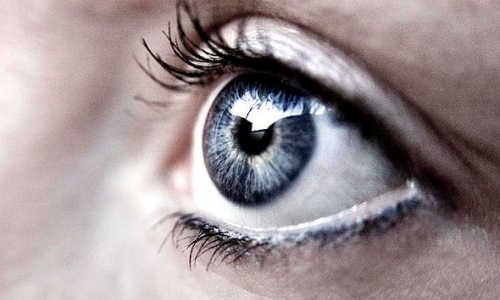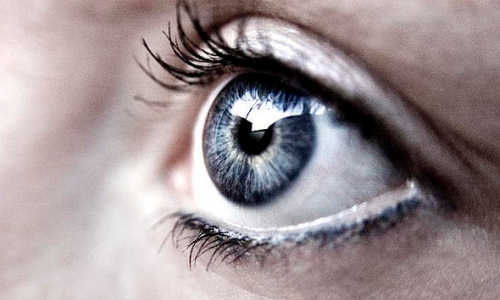From a practical standpoint, the wiring of the human eye – a product of our evolutionary baggage – doesn’t make a lot of sense. In vertebrates, photoreceptors are located behind the neurons in the back of the eye – resulting in light scattering by the nervous fibers and blurring of our vision. Recently, researchers at the Technion – Israel Institute of Technology have confirmed the biological purpose for this seemingly counterintuitive setup.
“The retina is not just the simple detector and neural image processor, as believed until today,” said Erez Ribak, a professor at the Technion – Israel Institute of Technology. “Its optical structure is optimized for our vision purposes.” Ribak and his co-authors will describe their work during the 2015 American Physical Society March Meeting, on Thursday, March 5 in San Antonio, Texas.
Ribak’s interest in the optical structure of the retina stems from his previous work applying astrophysics and astronomy techniques to improve the ability of scientists and ophthalmologists to view the retina at high detail.
Previous experiments with mice had suggested that Müller glia cells, a type of metabolic cell that crosses the retina, play an essential role in guiding and focusing light scattered throughout the retina. To test this, Ribak and his colleagues ran computer simulations and in-vitro experiments in a mouse model to determine whether colors would be concentrated in these metabolic cells. They then used confocal microscopy to produce three-dimensional views of the retinal tissue, and found that the cells were indeed concentrating light into the photoreceptors.
“For the first time, we’ve explained why the retina is built backwards, with the neurons in front of the photoreceptors, rather than behind them,” Ribak said.
Story Source:
The above story is based on materials provided by American Physical Society.





